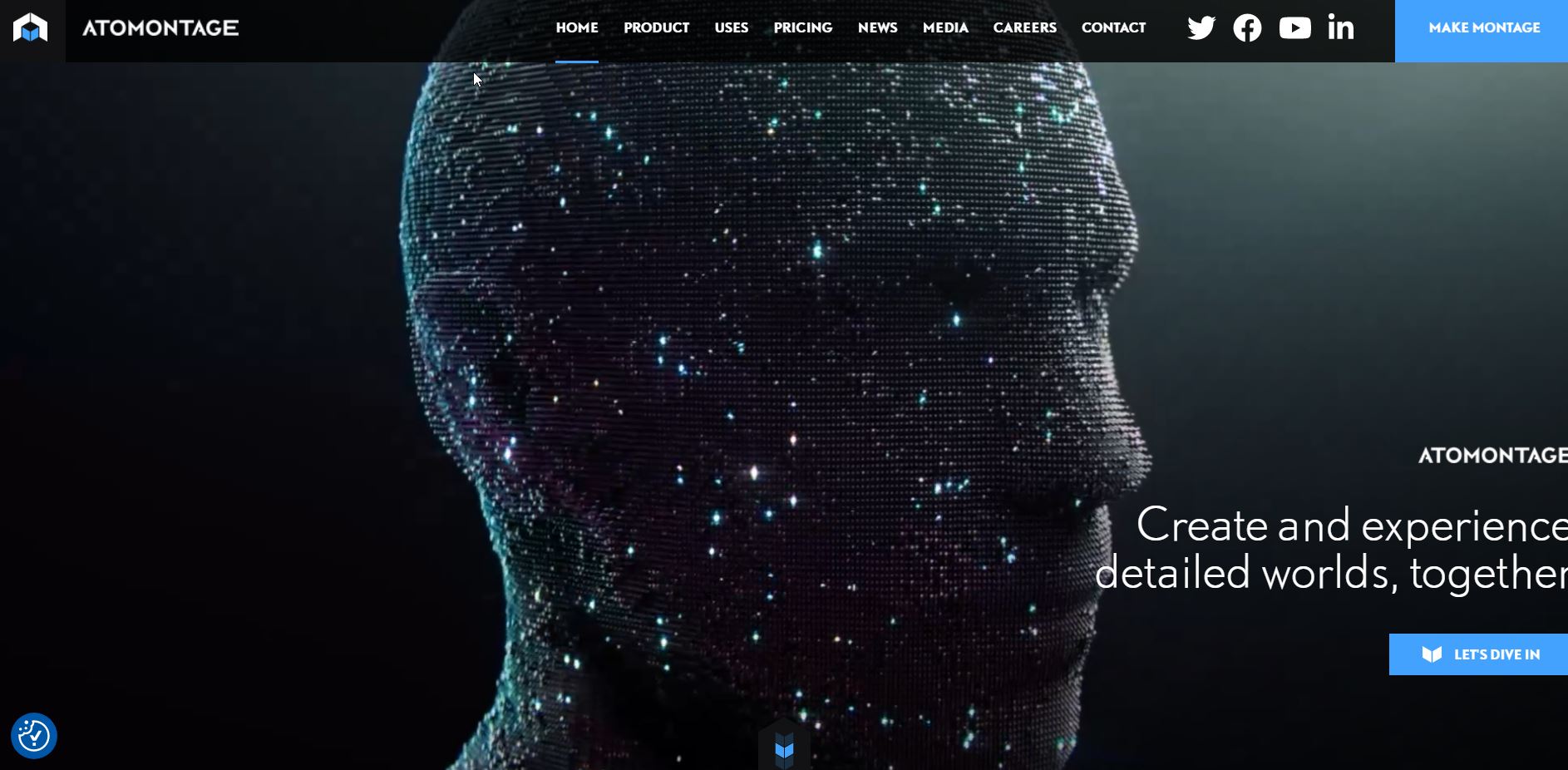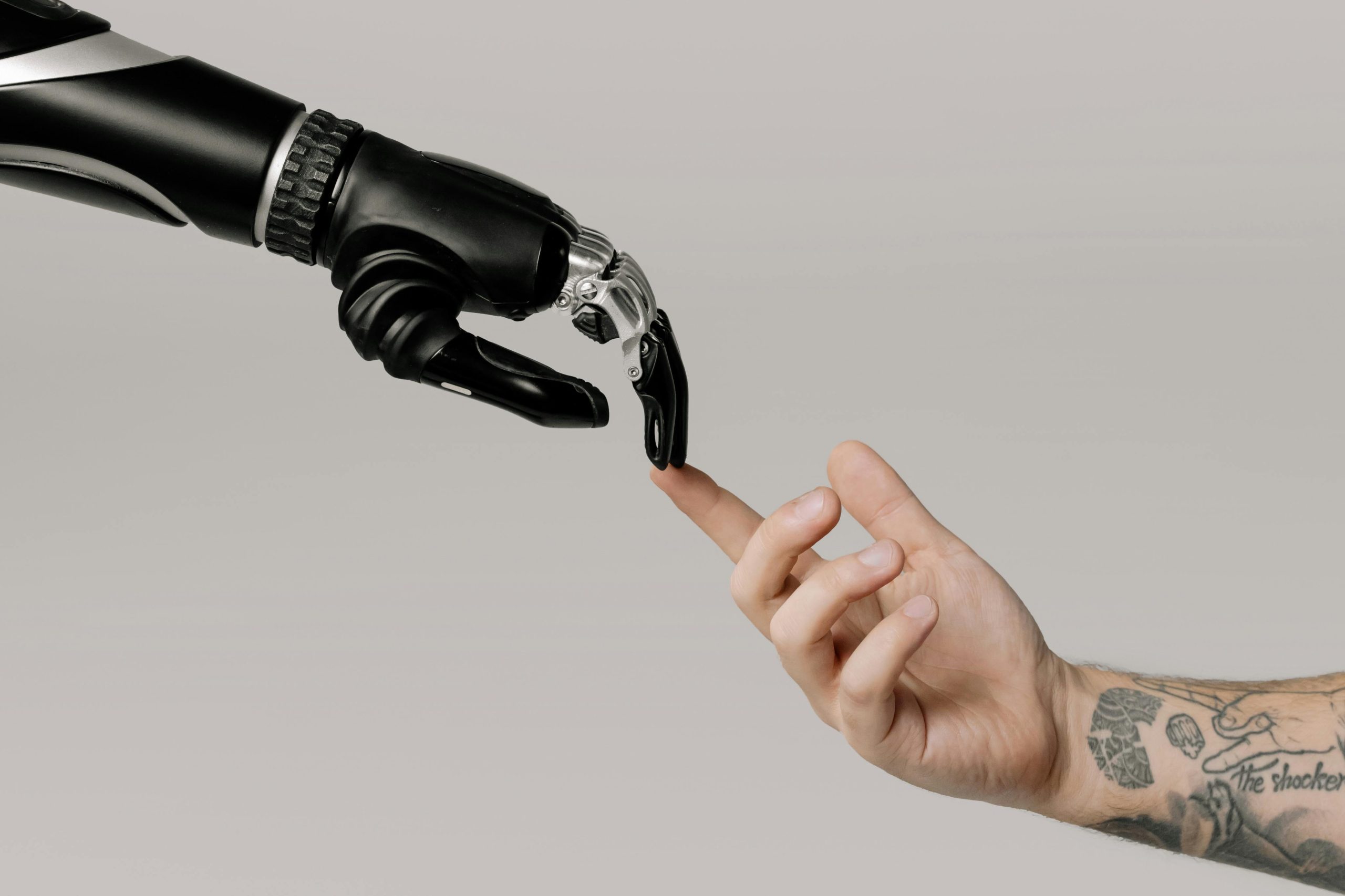Slovak-American startup Atomontage claims to have solved a problem that even Google struggles got investment

Atomontage, a startup focusing on 3D graphics processing, has attracted investment from J&T Ventures, as well as investors like the creator of Candy Crush and the founders of Oculus VR.
3D scanning, graphics, and visualization offer tremendous opportunities across various industries, from medicine to construction and the gaming industry. However, 3D graphics processing is very data-intensive, and the resulting data is often difficult to work with. This is the problem that the Slovak-American startup Atomontage is working to solve. Despite achieving revenues exceeding ten million Czech koruna and being profitable since its inception, the startup has now secured investment.
The initial idea for addressing data complications emerged over ten years ago when Slovak Branislav Síleš attempted to create interactive 3D graphics with very limited memory during a competition, requiring less data processing. After the competition, Síleš continued working on the product and was eventually joined by Swedish game developer Daniel Tabár, who came across Síleš while searching for a way to convert his 2D game into a 3D environment. In 2018, they hired their first developer, and Atomontage was born.
The founders explain that currently, 3D data is generally processed as a spatial set of hundreds of millions of points connected into polygons. Objects appear as solid bodies, but in reality, they are hollow shells covered with an image or texture.
The shortcomings of this approach become apparent in any attempt to interact with or simulate a real object more deeply. For example, if you now wanted to cut a 3D apple into two halves, you would have to create a model and textures for the whole apple and then again for the cut parts.
Atomontage works with a different process based on so-called voxels, which function similarly to pixels in a 2D environment but add a third dimension and additional properties. Síleš compares them to miniature cubes that compose the entire object, not just its surface, which is why they are called voxels – volumetric (3D) pixels.
Voxels can be perceived similarly to atoms or other particles that make up material objects. Each particle in our universe has unique properties, such as reactivity or electronegativity, that define the behavior of substances. Similarly, each voxel in the Atomontage environment has unique properties that determine the behavior of the resulting object.
According to its creators, this approach allows for precise simulation and interactivity in 3D worlds while also opening up new possibilities for sharing large-format 3D data because objects are composed of cubes instead of connecting points in space with complex polygons. Instead of a powerful computer with dedicated programs, Atomontage users reportedly only need an internet connection and a mobile phone.
We will see if Atomontage succeed well. Today, there are many similar projects in various stages that emerge and disappear, all of which have attempted to tackle this challenge, but none have succeeded. Even big players like Google and Meta have not been successful in efficiently streaming 3D data. Perhaps Atomontage will be the one to succeed. Only time will show us.
Author of this article
WAS THIS ARTICLE HELPFUL?
Support us to keep up the good work and to provide you even better content. Your donations will be used to help students get access to quality content for free and pay our contributors’ salaries, who work hard to create this website content! Thank you for all your support!




OR CONTINUE READING